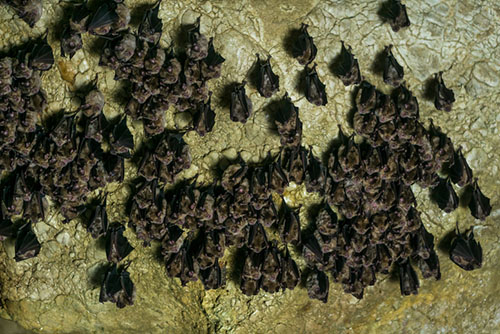Caprine Arthritis and Encephalitis
- Lameness in Goats
- Overview of Lameness in Goats
- Caprine Arthritis and Encephalitis
- Contracted Tendons in Goat Kids
- Copper Deficiency in Goats
- Epiphysitis in Goats
- Footrot and Foot Scald in Goats
- Joint-ill in Goats
- Laminitis in Goats
- Mycoplasmosis in Goats
- Trauma in Goats
- White Muscle Disease in Goats
Caprine arthritis and encephalitis (CAE) virus infection has emerged during the past 35 yr as a major cause of disease, primarily in European breeds of dairy goats under intensive management. All breeds of goats are susceptible to this retrovirus, and prevalence of infection is related to exposure to virus. Two distinct forms of locomotor problems are seen. A neurologic form of the disease is seen in young goats, usually 2–4 mo old but as old as 1 yr. It is characterized by a progressive paresis with incoordination leading to paralysis, usually involving the hindlimbs and later the forelimbs. In older, adult goats, the virus infection manifests as a chronic, progressive arthritis involving one or more joints and usually involving the carpal joints. The initial sign is usually swelling of the affected joint(s), followed by progressive degeneration of articular and periarticular tissues with calcification, leading to decreased range of motion, ankylosis, and overt loss of mobility.
For a more detailed discussion, see Caprine Arthritis and Encephalitis.
- Lameness in Goats
- Overview of Lameness in Goats
- Caprine Arthritis and Encephalitis
- Contracted Tendons in Goat Kids
- Copper Deficiency in Goats
- Epiphysitis in Goats
- Footrot and Foot Scald in Goats
- Joint-ill in Goats
- Laminitis in Goats
- Mycoplasmosis in Goats
- Trauma in Goats
- White Muscle Disease in Goats





